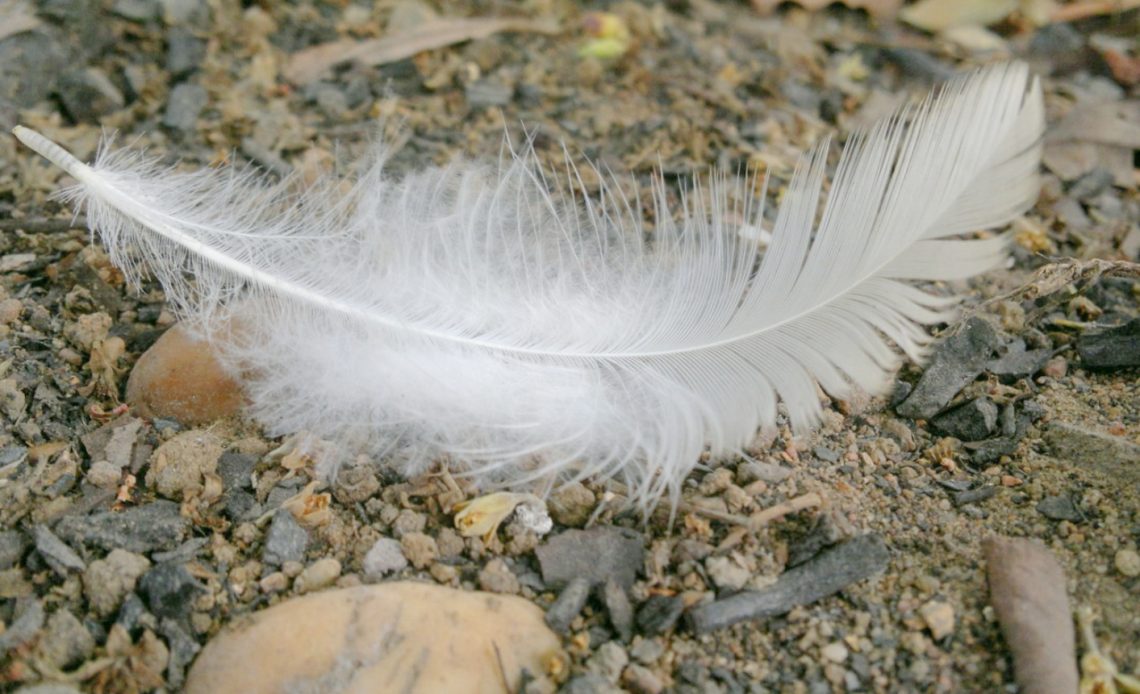

We’re here to help! Wild Yards is a completely free website that is 100% dedicated to helping you create a wildlife-friendly, sustainable yard. Read more
WildYards is reader-supported. When you buy a product through a link on our site, we may earn a comission. Every product is independently selected by our (obsessive) editors and our reviews are unbiased and objective. Read more about our mission or our privacy policy.
When we prep our raised beds in the spring, we like to mix a few different kinds of organic fertilizers with our topsoil and compost mixture. What we use varies depending on what we’re planting. For tomato beds, we add plenty of bone meal. For broccoli and cauliflower, we’ll add a mix of manure, rock phosphate, and wood ash. And, for leafy greens like kale and lettuce, we mix in feather meal. This organic fertilizer is an excellent source of nitrogen and helps stimulate rapid foliage production. But what is feather meal, exactly?
Feather meal is a byproduct of the poultry industry, and is exactly what its name implies — feathers that have been sterilized and pulverized into a fine meal. This nitrogen-rich fertilizer has many benefits for the plants in your garden.
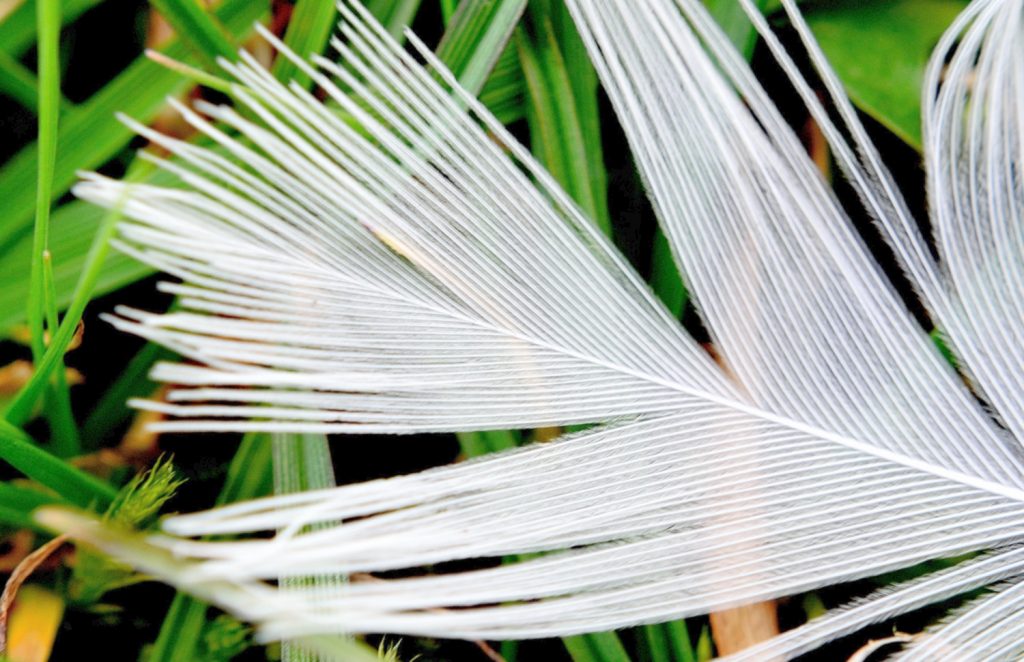
How is feather meal made?
Feather meal is a byproduct of the poultry industry. It’s 100% organic and sustainable, allowing poultry farmers to produce less environmentally damaging waste.
Once the feathers are stripped from the bird, they’re sterilized at a high heat. Steaming the feathers kills off any pathogens.
At this point, the feathers are dried and ground up into a fine powder. The resulting meal is packaged and sold as an organic fertilizer.
What makes feather meal so great for plants?
Feather meal isn’t complicated, is it? There’s really nothing to it. Well, except feathers.
But in spite of the fact that this fertilizer only has one ingredient, it has the potential to benefit your plants in a variety of ways.
Here are just a few reasons why you should add feather meal to your garden.
Feather meal contains up to 15% nitrogen
Feather meal is a popular choice among organic gardeners because it’s a rich source of nitrogen. Feather meal contains up to 15% nitrogen.
If you haven’t got access to bat guano, another favorite nitrogen-rich fertilizer among organic gardeners, then feather meal can be used as a substitute.
Feather meal is also a good alternative to blood meal. But, unlike blood meal, which breaks down relatively quickly over a matter of a few weeks, feather meal is semi-slow-release, keeping your plants nourished for several months.
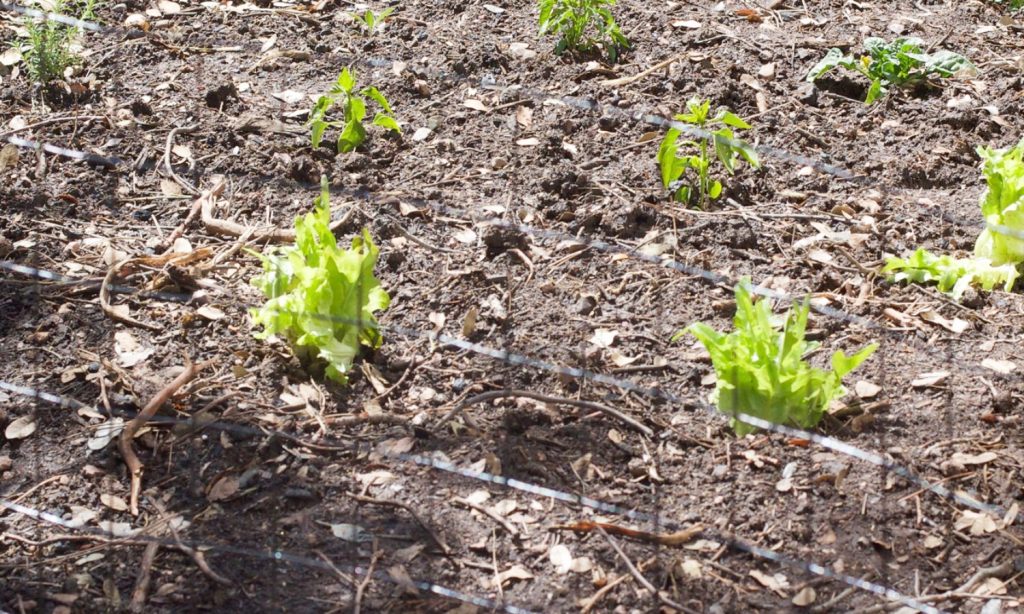
Feather meal is a good source of proteins and amino acids
Circling back to a point we made just a second ago, one of the reasons why feather meal is slow-release is because it’s loaded with keratin.
Keratin, the same protein found in our hair and fingernails, is fibrous and tough. It takes a while for Mother Nature to break it down.
As the proteins and amino acids in feather meal biodegrade, they help your plants produce strong, healthy tissues.
Plants rely on these proteins and amino acids to produce enzymes necessary for a variety of metabolic functions, including respiration, and energy production and transfer.
Overall, feather meal helps strengthen your plants from root to leaf tip!
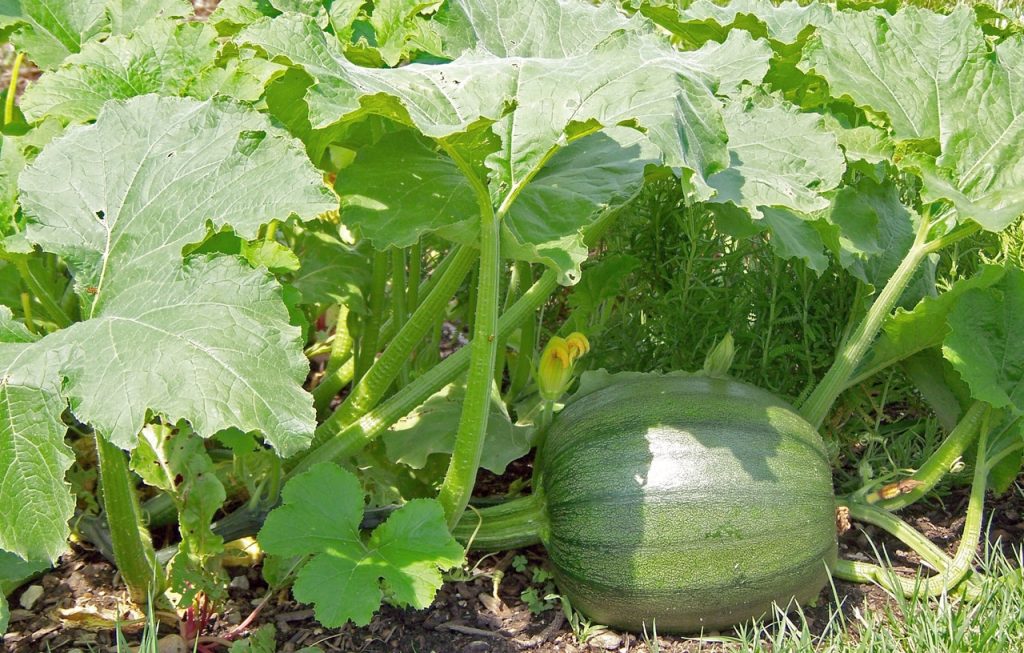
Feather meal adds structure to the soil
Getting your soil just the right texture is an art. It takes some practice to get it just right. But organic materials like feather meal can help tremendously by breaking up the soil so it doesn’t get too compacted.
Overly compacted soils — which are usually clay-based, but not always — are difficult for plants to grow in.
Such soils take a long time to become saturated with water, and once saturated, they take a long time to dry out. And because they’re so compact, there isn’t any pore space for oxygen to enter.
Adding plenty of feather meal to your soil helps loosen things up. We recommend mixing feather meal with other materials, like manure, compost, and kelp meal, to improve soil texture so your plants can enjoy better aeration, moisture retention, and drainage.
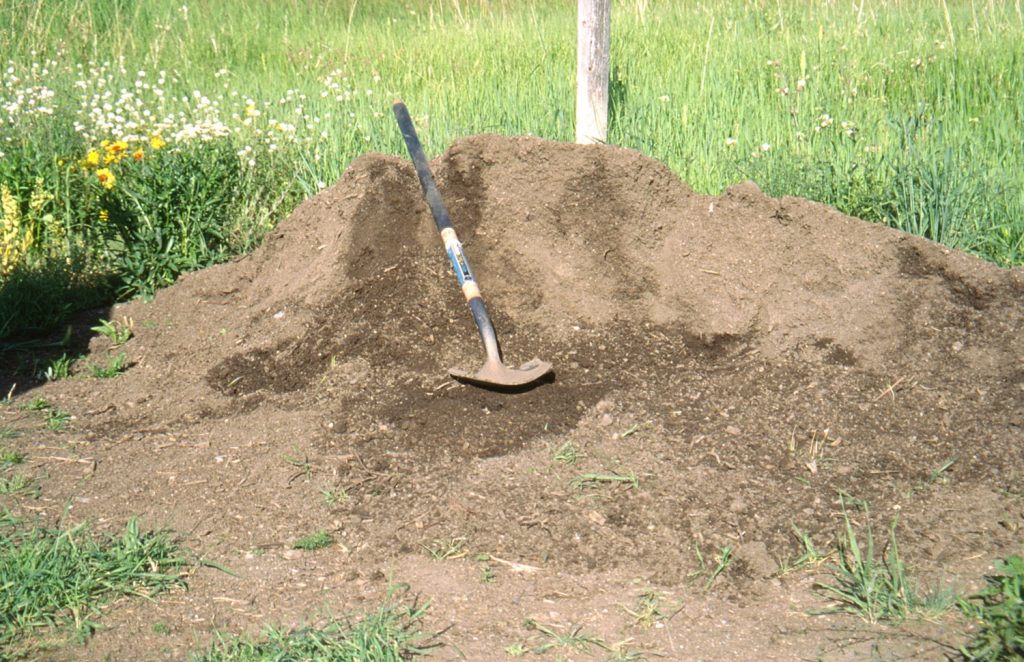
Feather meal supports beneficial soil microbes
As a gardener, you know just how important it is to meet all of your plant’s growing requirements.
The right amount of sun and water, combined with the correct soil conditions, will support plant growth better than anything else.
But another thing you can do that will support the health of your plants is to nourish the healthy bacteria in your garden’s soil.
The beneficial microbes in the soil can enhance your plant’s immune system to support vigorous growth, even in the face of stressors like insect infestations, droughts, and nutritional imbalances.
Feather meal has been shown to increase soil microbial activity.
When used in tandem with other nutritious, soil-boosting organic amendments, like worm castings, feather meal can support your crops season after season.
Add feather meal to your compost heap to help nourish beneficial microbes so they can keep breaking nutrients down for your fruits and veggies to enjoy.
What are the disadvantages of using feather meal fertilizer?
Feather meal is a great organic fertilizer, but it has its limitations. Here are a few of the disadvantages of feather meal that you’ll need to keep in mind before using it.
Feather meal isn’t water-soluble
Feather meal is slow to break down. The high keratin content means feather meal is not water-soluble.
This could be a problem if you’re trying to feed plants that are struggling with nitrogen-deficiency symptoms, like stunted growth and yellowing foliage.
If you need to give your plants a dose of nitrogen fast, try making “tea” from coffee grounds.
Add 2 cups of used coffee grounds to a 5-gallon bucket of water. Let the tea steep overnight, then strain it, and use the water to feed the plants.
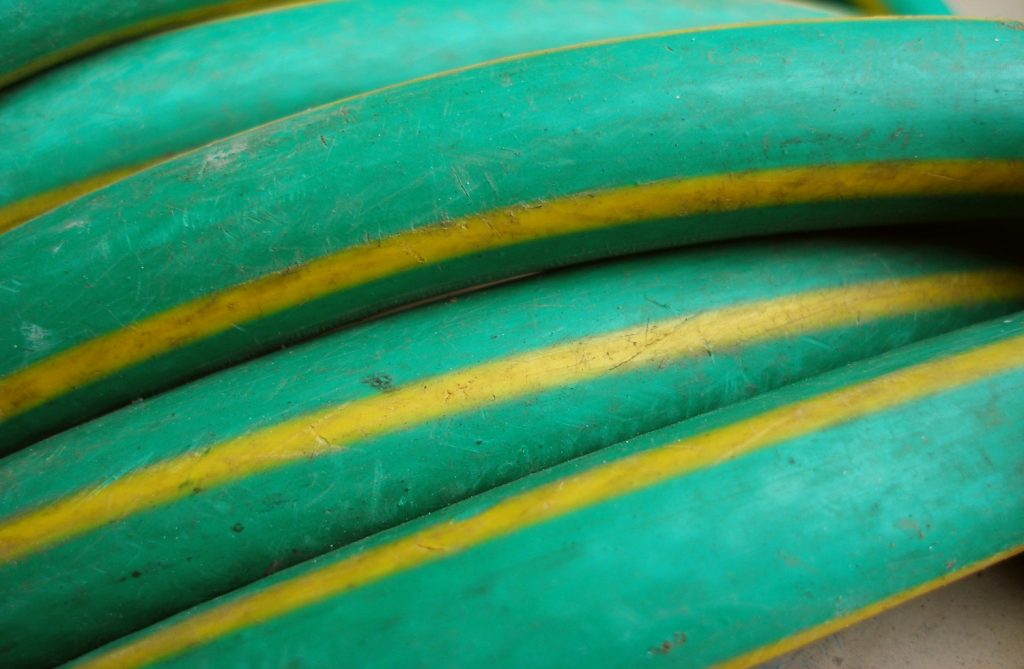
Feather meal doesn’t have any phosphorus or potassium
If you’re looking for a balanced NPK fertilizer, feather meal simply won’t do.
Feather meal is rich in nitrogen, that’s for sure, but it has 0% phosphorus and 0% potassium.
You can easily remedy this problem by adding phosphorus-rich and potassium-rich materials to the soil in addition to feather meal.
But if you’re looking for an organic fertilizer that’s already got all of the N, P, and K you’ll need, feather meal won’t be strong enough to do the job.
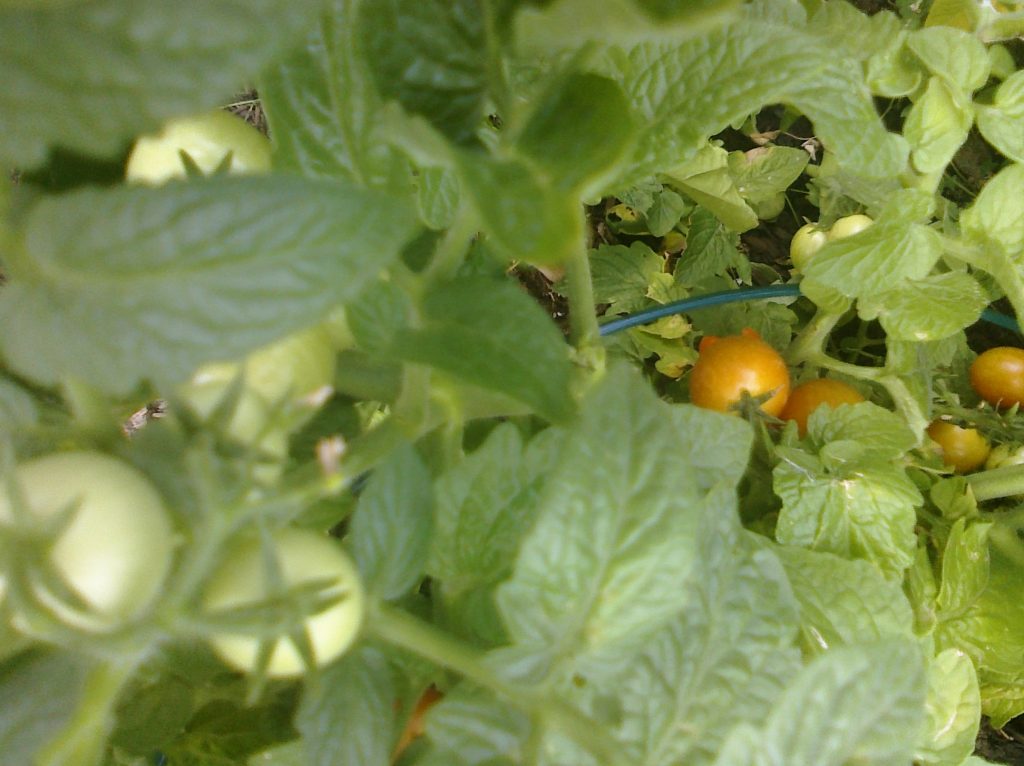
Which plants should you feed feather meal?
Feather meal is a great addition to any garden’s soil. However, some plants will benefit from this nitrogen-rich fertilizer more than others.
So, which plants in your garden should you fertilize with a heaping dose of feather meal?
Leafy greens
Whether you’re growing kale, lettuce, spinach, or herbs like cilantro and parsley, your leafy greens will grow better when fed feather meal.
Nitrogen is essential for foliage production because it’s a key component of chlorophyll, the green pigment that plants use to capture the sun’s rays and turn them into energy.
Adequate nitrogen in the form of feather meal helps leafy greens grow as fast and as healthy as possible.
Plus, the slow-release nature of feather meal means it will keep your leafy greens fed for months, so you get even more to harvest!
Use feather meal to stimulate stalk growth in celery and rhubarb, too. You’ll be surprised how much it improves the taste and quality!
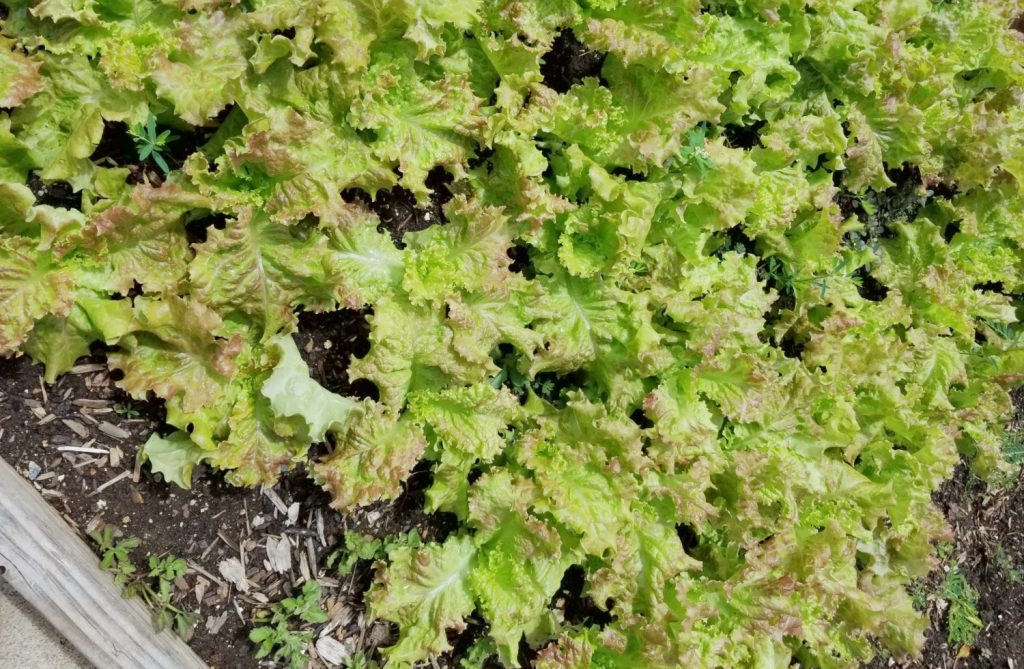
Nightshades
Tomatoes, peppers, and eggplants are also big fans of nitrogen, but you just have to be careful about the timing.
Apply feather meal 2 to 3 weeks after transplanting your nightshade veggies out into the garden. This will support rapid vegetative growth, so the plants will reach their flowering stages more quickly.
But, be careful! Once these vegetables start producing flower buds, you’ll need to back off the feather meal fast.
Feeding high doses of nitrogen-rich fertilizers to flowering plants forces them to make more leaves, rather than fruits.
As long as you feed your nightshades feather meal early on, they’ll be okay. Just be sure to switch to phosphorus-rich fertilizers at the first sign of flowers.
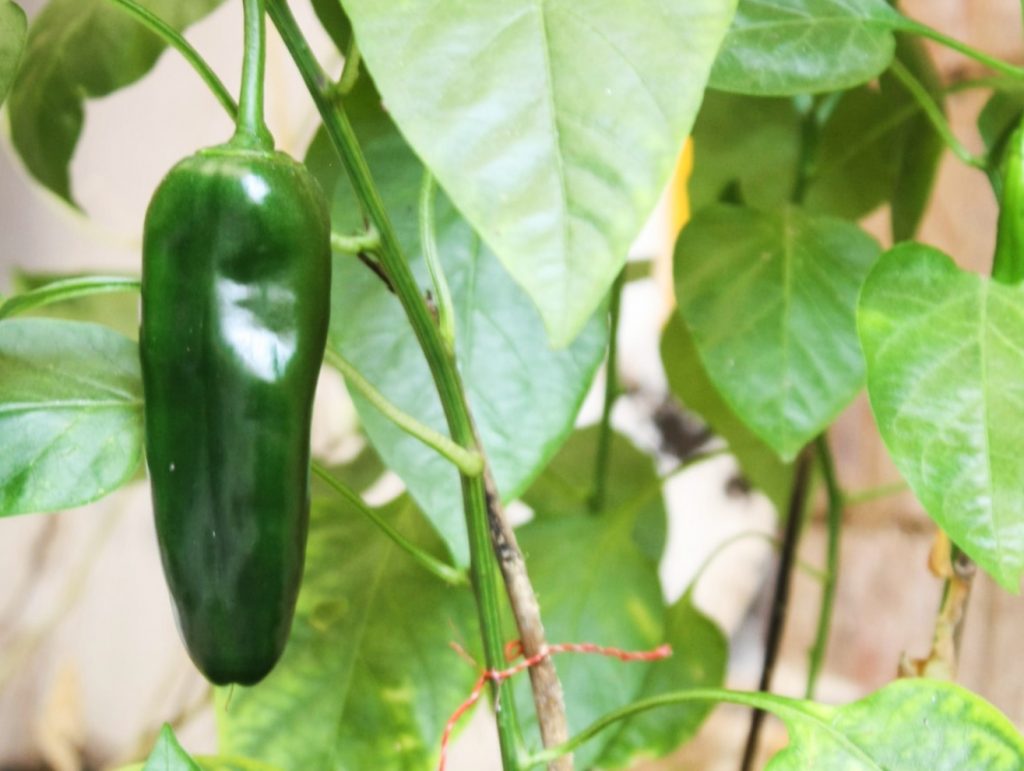
Brassicas
Broccoli, cabbage, Brussels sprouts, and cauliflower are all heavy feeders. When these plants are just getting started, they have high nitrogen needs.
We like to sprinkle a bit of feather meal into the soil before planting our Brassica seedlings. By the time the plants get established, the feather meal is just beginning to break down.
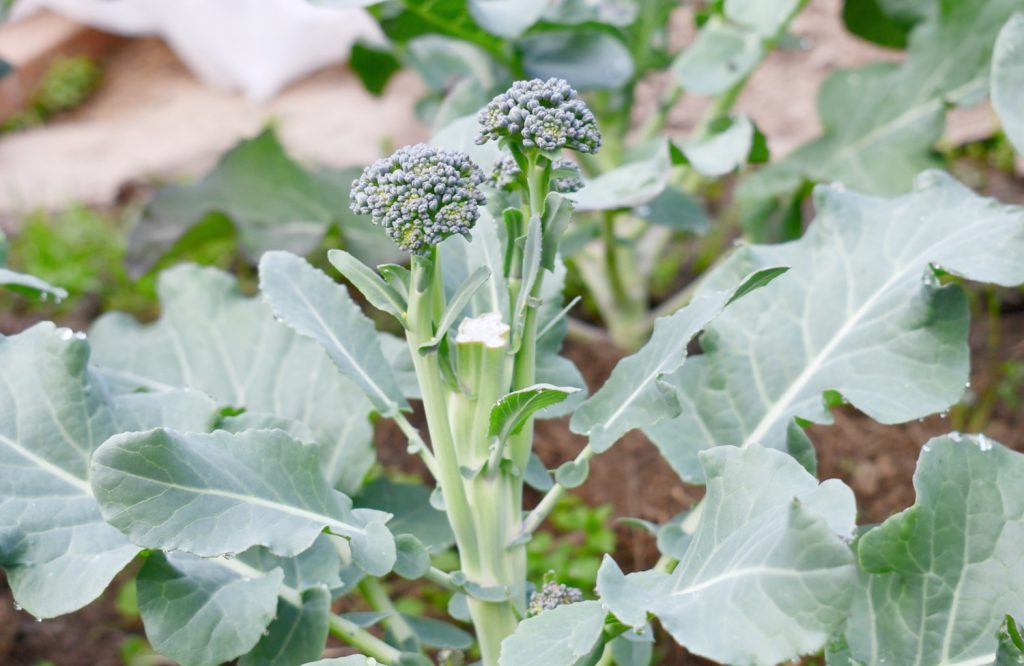
How to apply feather meal fertilizer
Feather meal is easy to use. You can either mix it into the soil before planting or use a weed fork to gently work it into the uppermost layer of the soil.
Whichever way you choose, just be sure to water your plants well when you’re done, so the microbes in the soil can start breaking it down.
If you’re amending a large space with feather meal, a good rule of thumb is to mix 3 to 5 pounds per 100 square feet. Remember to test your soil before applying any fertilizers to make sure you add the right amount of each nutrient.
Because feather meal isn’t water-soluble, there’s no point in mixing it into a sprayer and trying to use it that way. It won’t make application any easier, in fact, it will just clog up your brand-new spray bottle and render it useless (ask us how we know).
Is feather meal worth it?
Absolutely! We love using feather meal out in our garden. It doesn’t just give plants the nitrogen they need to survive, it also supports the healthy bacteria in the soil that our garden needs to thrive!
Can your plants live on feather meal alone? No. They need a balanced supply of other nutrients, including calcium, zinc, magnesium, iron, and other trace minerals to stay healthy.
But using feather meal to amend your soil is an easy, inexpensive way to enhance your garden’s health and improve crop quality.
